Danger lurks in circling approaches
Air Facts
MAY 10, 2024
Danger lurks in circling approaches Air Facts Journal the circling approach maneuver is designed as a last resort, non-precision approach. The very first question that should pop up into our head during a circling approach is “Why are we circling in the first place”? The n ext one is “What are our other options?”

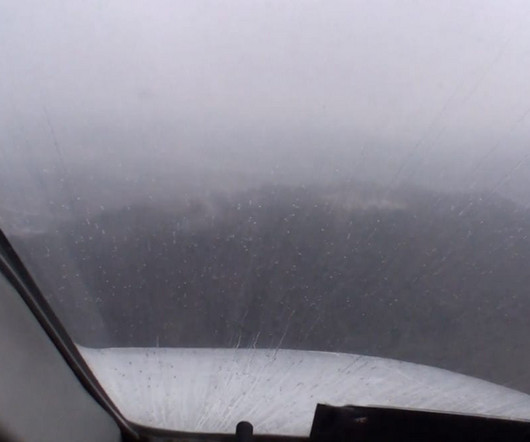



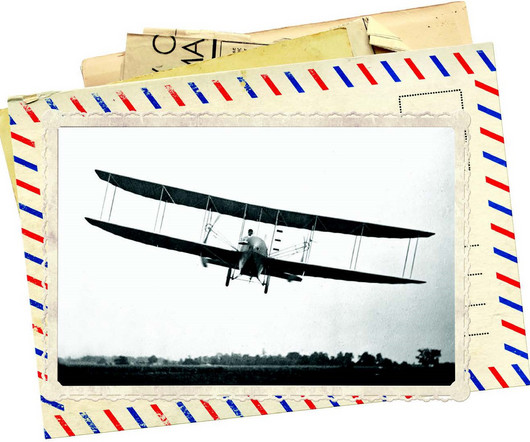
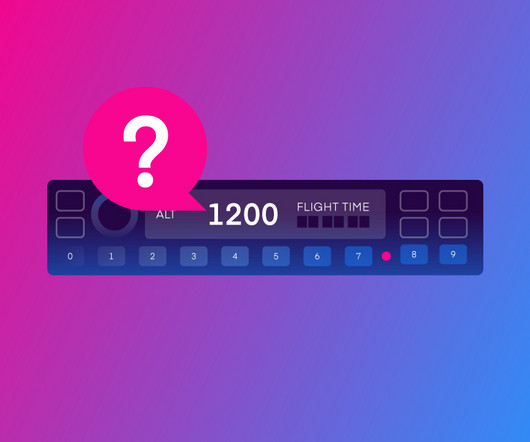
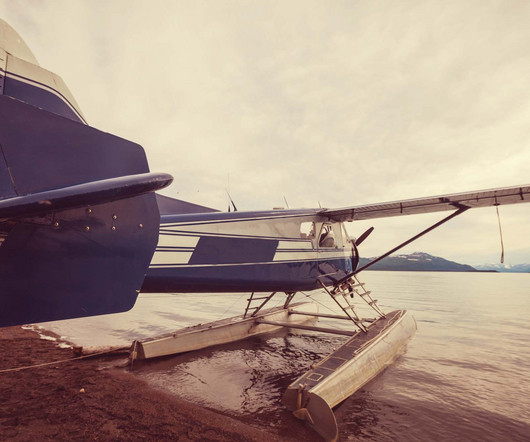

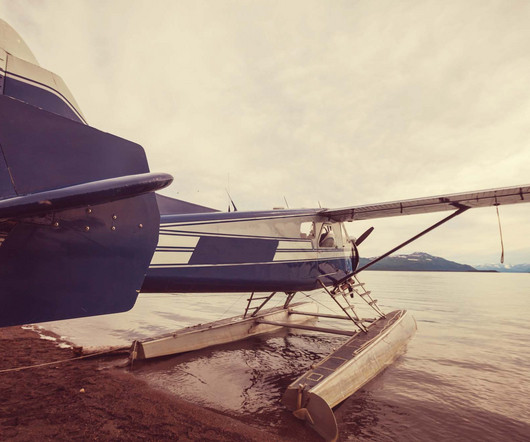
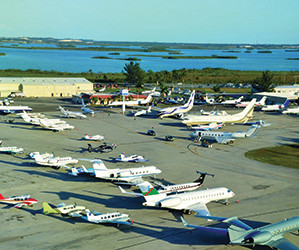
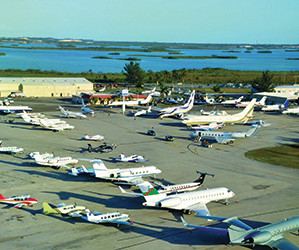


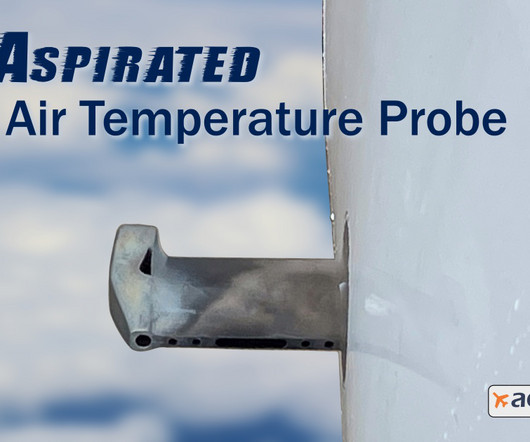


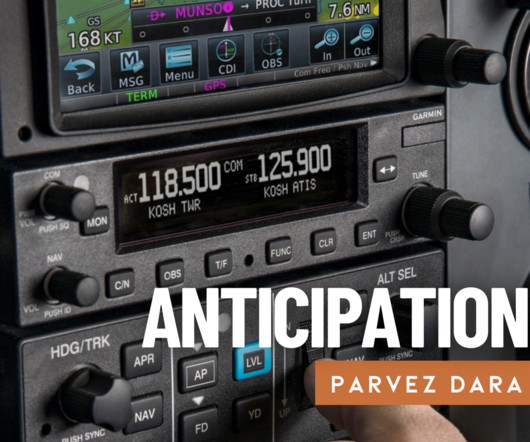







Let's personalize your content